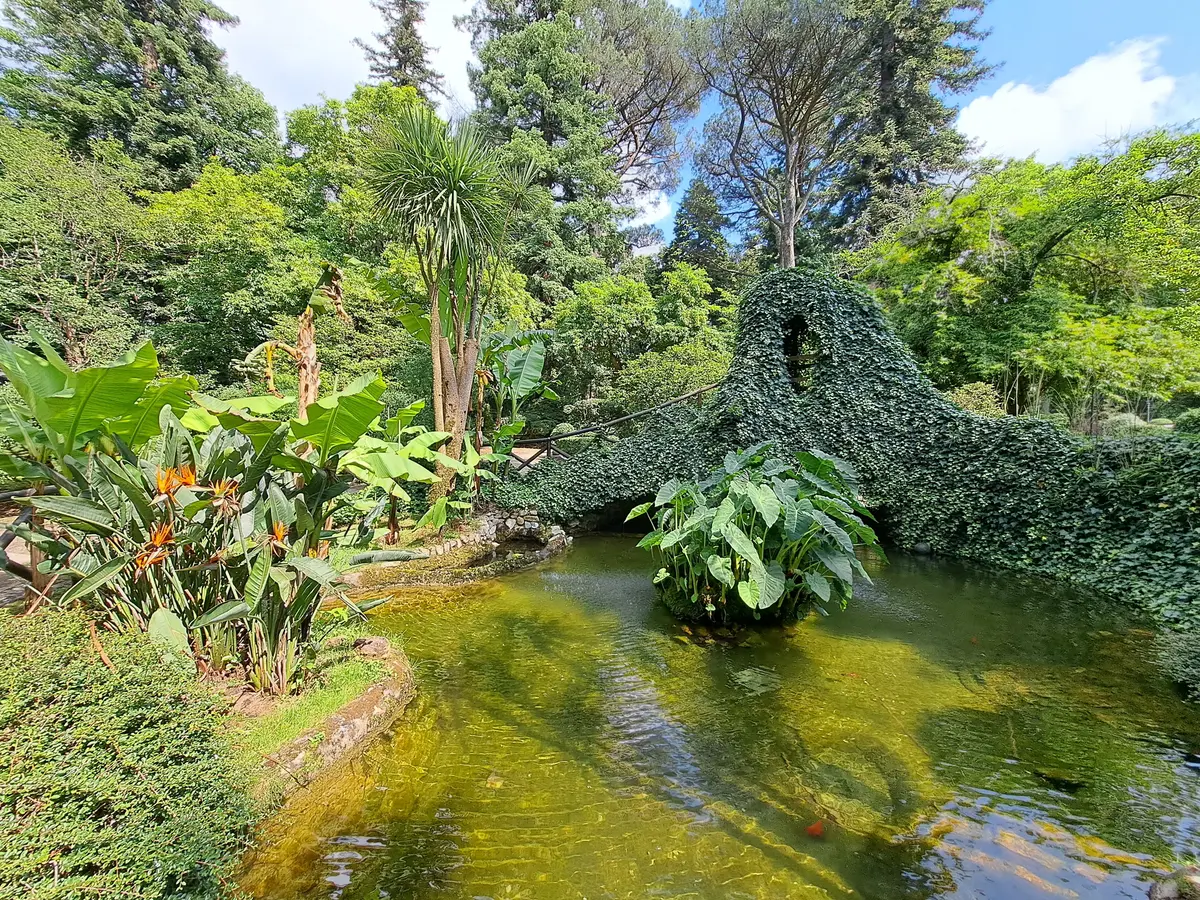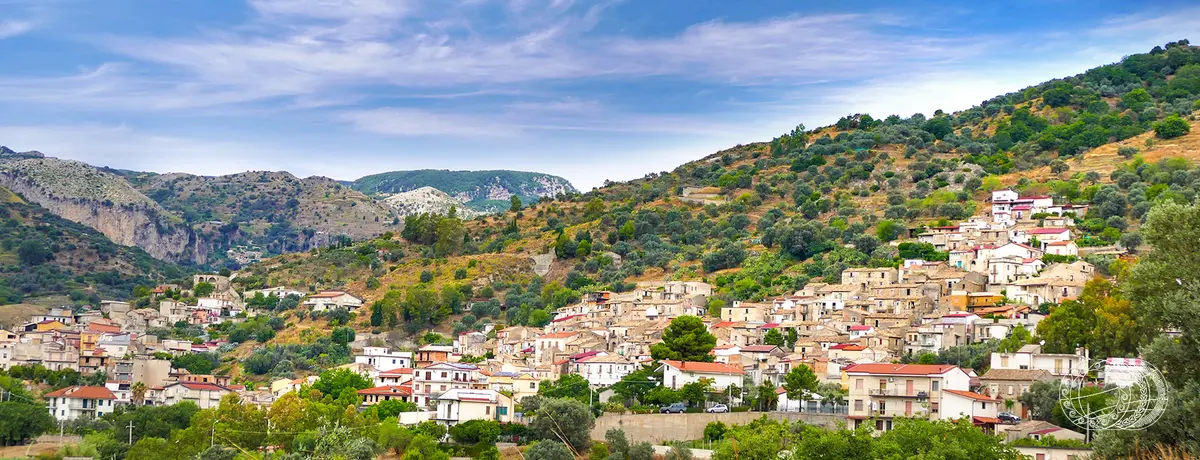Mammola
"City of Stockfish" and MuSaBa

Town
Regione Calabria
Mammola is one of Calabria's two "Stockfish Town", along with Cittanova, both in the province of Reggio Calabria. Here, cooking stockfish is not just a gastronomic tradition based on fish, but a way of life!
The MuSaBa (Santa Barbara Museum) is an open-air museum park founded by the late international artist Nik Spatari, one of the most important contemporary art venues in Calabria and southern Italy.
Located between the slopes of the Aspromonte National Park and the Ionian Sea, in the "Costa dei Gelsomini" Regional Marine Park, Mammola became a thriving centre of craft and agri-food activities, benefiting from the first water mills built by monks from the East using the most advanced techniques. Some evidence of this centuries-old presence remains at the ancient Abbey of San Biagio and the Grangia di Santa Barbara, which later became the home of the MuSaBa (Santa Barbara Museum). The result of the artistic vision of Nik Spatari and his wife, Hiske Maas, the MuSaBa is one of the most important centres of contemporary art, attracting artists from all over the world to reside there.
The Shrine of San Nicodemo alla Limina, the patron saint of Mammola and founder of the monastery of the same name, is a destination for religious tourism. Don't miss a visit to the Mother Church, built in the Byzantine-Norman style (12th century); the Grangia di San Biagio, of Basilian origin; and the numerous noble palaces in the historic centre. The gateway to Aspromonte, Mammola is also the starting point for a dense network of hiking trails, such as the Path of the Greeks and the one leading to the Salino Waterfall, which can be explored by bike or on horseback.
The true symbol of Mammola? Stockfish, which has been the prince of local cuisine for centuries and is famous throughout the world, so much so that it has been awarded the De.Co. (Municipal Designation of Origin) mark and is the star of the eagerly awaited Mammola Stockfish Festival, the perfect time to taste the typical recipe of "Stocco alla Mammolese".
Useful information
What to know about Mammola
Where to Sleep
There are 2 available accommodations.
Places
There are 1 places to visit.
Travel Ideas
There are 5 travel ideas.
Infopoint Mammola
Mammola
No result








